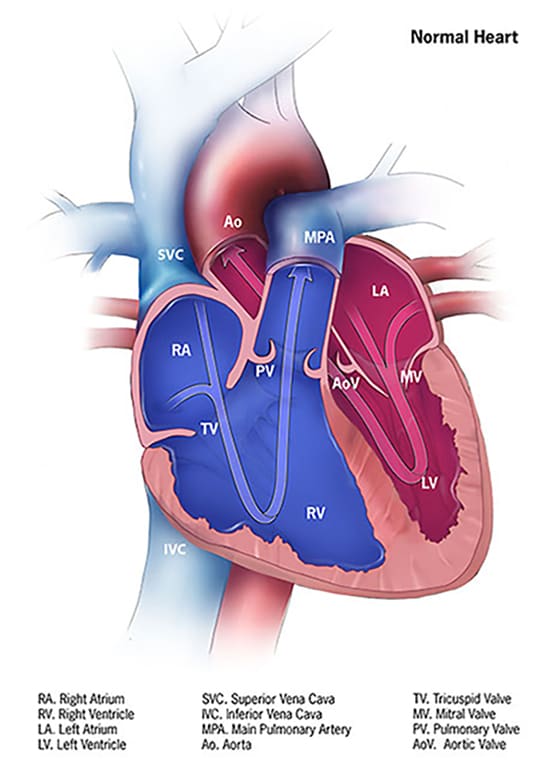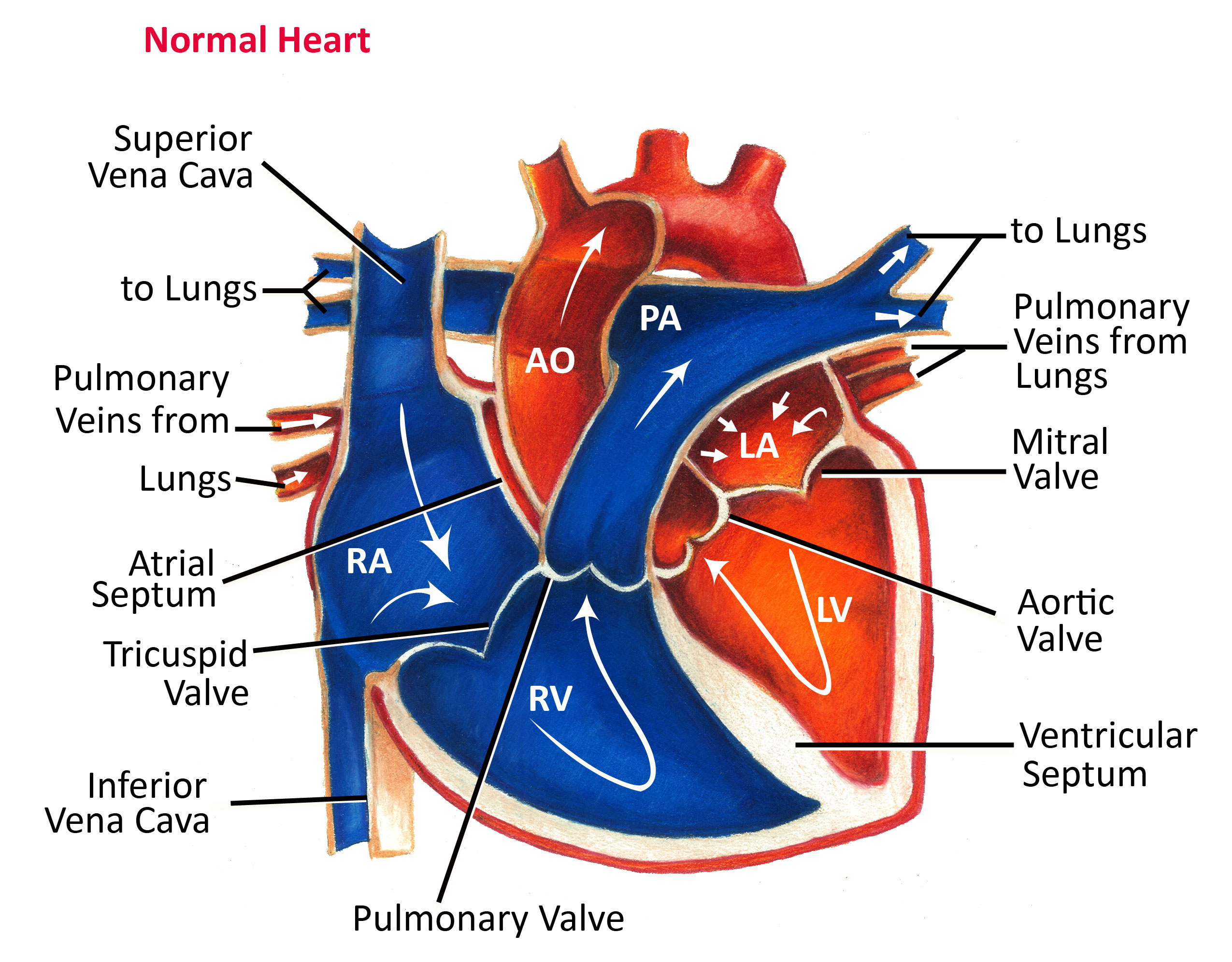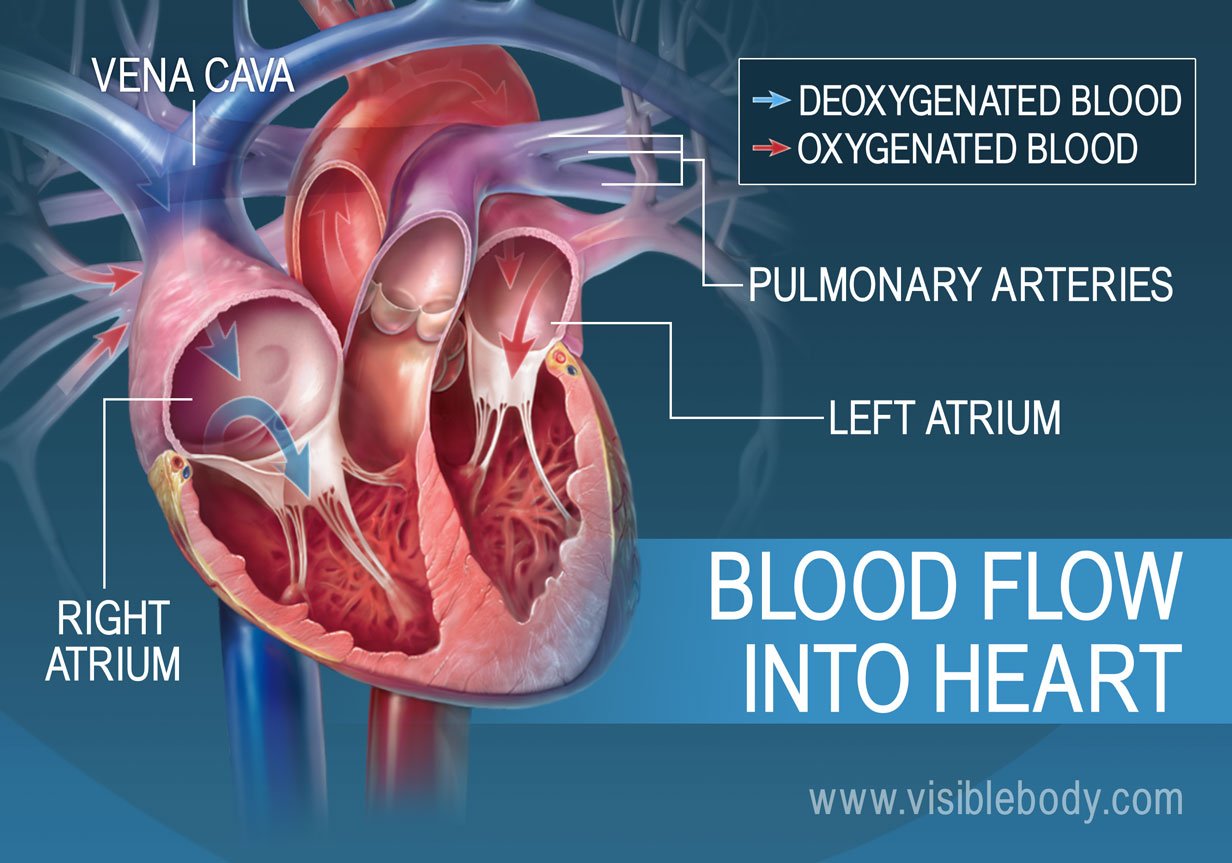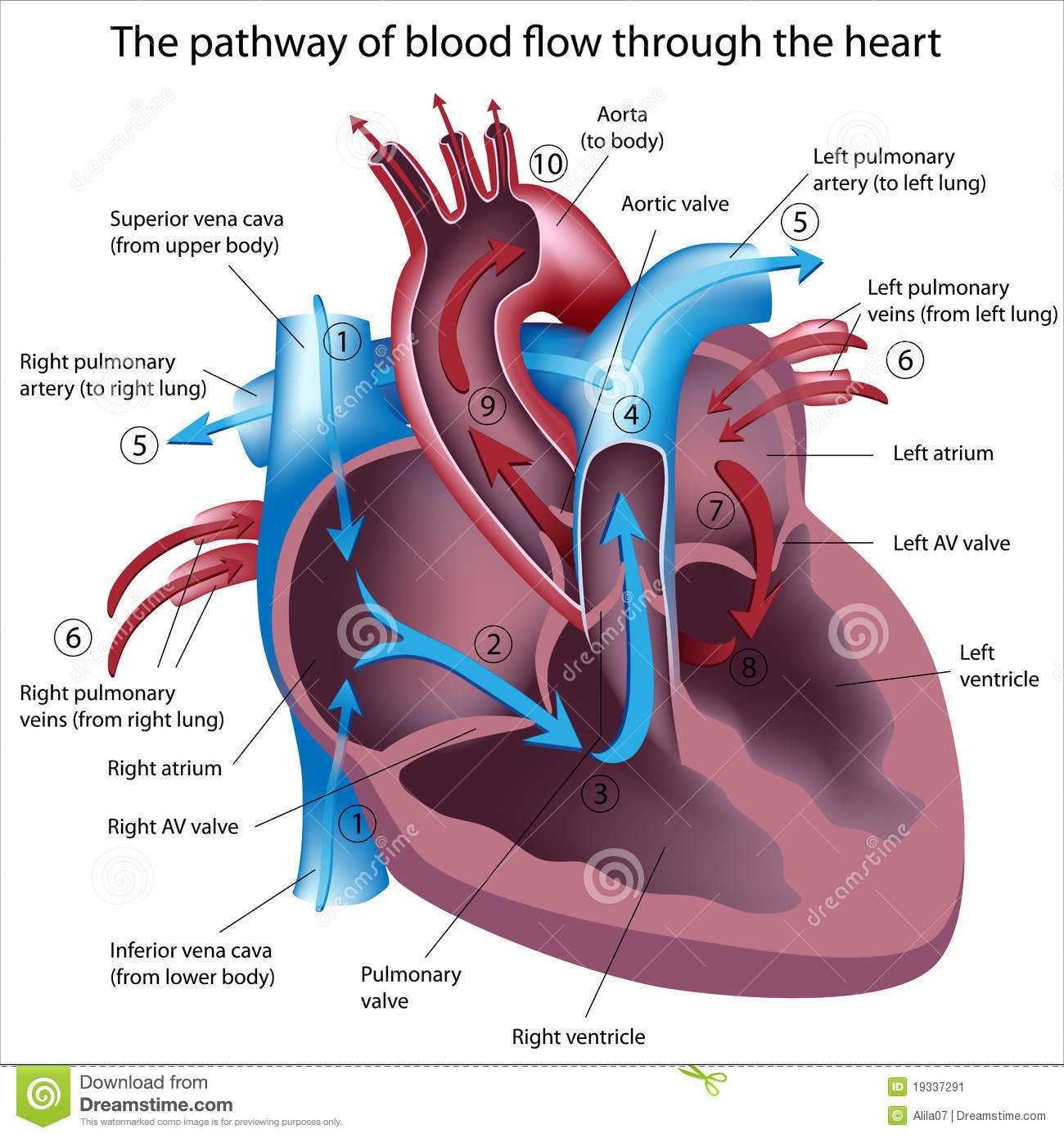Your Blood moves into and then out of a heart chamber because images are available in this site. Blood moves into and then out of a heart chamber because are a topic that is being searched for and liked by netizens today. You can Find and Download the Blood moves into and then out of a heart chamber because files here. Download all royalty-free photos and vectors.
If you’re searching for blood moves into and then out of a heart chamber because images information linked to the blood moves into and then out of a heart chamber because keyword, you have come to the ideal site. Our site always gives you hints for viewing the maximum quality video and image content, please kindly search and find more enlightening video content and graphics that fit your interests.
Blood Moves Into And Then Out Of A Heart Chamber Because. Blood then moves to your right ventricle which pumps your blood into your lungs via pulmonary arteries. The pulmonary arteries distribute blood to the lungs. Deoxygenated blood enters your right atrium via the superior and inferior vena cavae. Recall that blood moves from higher pressure to lower pressure.
 Physiology Tutorial The Human Heart From vhlab.umn.edu
Physiology Tutorial The Human Heart From vhlab.umn.edu
This vast system of. Deoxygenated blood enters your right atrium via the superior and inferior vena cavae. From the aorta the oxygen-rich blood is sent to the brain and to the heart muscle itself. Its then pumped into the first part of the large artery coming from the heart the ascending aorta. Recall that blood moves from higher pressure to lower pressure. If you increase pressure in the arteries afterload and cardiac function does not compensate blood flow will actually decrease.
Blood circulates in the lungs where oxygen O2 is added to the bloodand carbon dioxide CO2 is removed.
Blood circulates in the lungs where oxygen O2 is added to the bloodand carbon dioxide CO2 is removed. Ventricles are chambers in the heart that gather blood from your atria and then pump the blood out. From the aorta the oxygen-rich blood is sent to the brain and to the heart muscle itself. The heart is a complex organ using four chambers four valves and multiple blood vessels to provide blood to the body. The blood then moves into your left ventricle which contracts and sends blood out of your heart through the aorta to feed your cells and tissues. Blood returns to the heart through the pulmonary veins which go into the left chambers.
 Source: cdc.gov
Source: cdc.gov
Blood returns to the heart through the pulmonary veins which go into the left chambers. This happens on the right side of the heart and takes blood from the body to the heart and then from the heart to the lungs to pick up oxygen and get rid of carbon dioxide a waste product. Blood circulates in the lungs where oxygen O2 is added to the bloodand carbon dioxide CO2 is removed. The pulmonary arteries distribute blood to the lungs. This vast system of.
 Source: rxlist.com
Source: rxlist.com
Deoxygenated blood enters your right atrium via the superior and inferior vena cavae. As an artery it contains thicker walls than veins because it has to withstand the tough pumping blood pressure of the heart. It carries oxygen-rich blood to deliver to the bodys cells. Its then pumped into the first part of the large artery coming from the heart the ascending aorta. The aorta is the largest artery in the body that leads from the left ventricle of the heart to the rest of the body.
 Source: brainkart.com
Source: brainkart.com
In the venous system the opposite relationship is true. This vast system of. On the left side of your heart oxygen-rich blood from your lungs flows through your pulmonary veins into your left atrium. Blood moves into the left ventricle. That blood is then pumped into the right ventricle and through the pulmonary artery into the lungs to absorb more oxygen.
 Source: pinterest.com
Source: pinterest.com
From the left atrium blood moves down into the lower chamber of the heart the left ventricle. Blood circulates in the lungs where oxygen O2 is added to the bloodand carbon dioxide CO2 is removed. This oxygen-rich blood is then pumped into the top-left chamber of the heart and then into the lower-left chamber before being pumped out into the body through the aorta. That blood is then pumped into the right ventricle and through the pulmonary artery into the lungs to absorb more oxygen. Blood then moves to your right ventricle which pumps your blood into your lungs via pulmonary arteries.
 Source: myheart.org.sg
Source: myheart.org.sg
Ventricles are chambers in the heart that gather blood from your atria and then pump the blood out. The heart is a complex organ using four chambers four valves and multiple blood vessels to provide blood to the body. Blood then moves to your right ventricle which pumps your blood into your lungs via pulmonary arteries. Blood returns to the heart through the pulmonary veins which go into the left chambers. That blood is then pumped into the right ventricle and through the pulmonary artery into the lungs to absorb more oxygen.
 Source: pinterest.com
Source: pinterest.com
This happens on the right side of the heart and takes blood from the body to the heart and then from the heart to the lungs to pick up oxygen and get rid of carbon dioxide a waste product. Blood returns to the heart through the pulmonary veins which go into the left chambers. Ventricles are chambers in the heart that gather blood from your atria and then pump the blood out. This happens on the right side of the heart and takes blood from the body to the heart and then from the heart to the lungs to pick up oxygen and get rid of carbon dioxide a waste product. The aorta is the largest artery in the body that leads from the left ventricle of the heart to the rest of the body.
 Source: pinterest.com
Source: pinterest.com
This oxygen-rich blood is then pumped into the top-left chamber of the heart and then into the lower-left chamber before being pumped out into the body through the aorta. The Right Side LoopGather Deoxygenated Blood. The blood then moves into your left ventricle which contracts and sends blood out of your heart through the aorta to feed your cells and tissues. Blood then moves to your right ventricle which pumps your blood into your lungs via pulmonary arteries. It is pumped from the heart into the arteries at high pressure.

Medical Animation Copyright 2019 Nucleus Medical Media All rights reserved. This happens on the right side of the heart and takes blood from the body to the heart and then from the heart to the lungs to pick up oxygen and get rid of carbon dioxide a waste product. This oxygen-rich blood is then pumped into the top-left chamber of the heart and then into the lower-left chamber before being pumped out into the body through the aorta. Blood then moves to your right ventricle which pumps your blood into your lungs via pulmonary arteries. Blood flow itself is equally complex involving a cyclic series of steps that move blood trough the heart and to the lungs to be oxygenated deliver it throughout the body then bring blood back to the heart to re-start the process.
 Source: pinterest.com
Source: pinterest.com
In the venous system the opposite relationship is true. These phases happen in sequence to move the blood into and out of the heart chambers. Its then pumped into the first part of the large artery coming from the heart the ascending aorta. From the aorta the oxygen-rich blood is sent to the brain and to the heart muscle itself. This happens on the right side of the heart and takes blood from the body to the heart and then from the heart to the lungs to pick up oxygen and get rid of carbon dioxide a waste product.
 Source: quizlet.com
Source: quizlet.com
This happens on the right side of the heart and takes blood from the body to the heart and then from the heart to the lungs to pick up oxygen and get rid of carbon dioxide a waste product. This unidirectional flow of blood through the heart shows that mammals have a. From the aorta the oxygen-rich blood is sent to the brain and to the heart muscle itself. Deoxygenated blood enters your right atrium via the superior and inferior vena cavae. On the left side of your heart oxygen-rich blood from your lungs flows through your pulmonary veins into your left atrium.
 Source: pediatricheartspecialists.com
Source: pediatricheartspecialists.com
This happens on the right side of the heart and takes blood from the body to the heart and then from the heart to the lungs to pick up oxygen and get rid of carbon dioxide a waste product. This happens on the right side of the heart and takes blood from the body to the heart and then from the heart to the lungs to pick up oxygen and get rid of carbon dioxide a waste product. The blood then moves into your left ventricle which contracts and sends blood out of your heart through the aorta to feed your cells and tissues. The pulmonary arteries distribute blood to the lungs. From the left atrium blood moves down into the lower chamber of the heart the left ventricle.
 Source: vhlab.umn.edu
Source: vhlab.umn.edu
It carries oxygen-rich blood to deliver to the bodys cells. That blood is then pumped into the right ventricle and through the pulmonary artery into the lungs to absorb more oxygen. Recall that blood moves from higher pressure to lower pressure. As an artery it contains thicker walls than veins because it has to withstand the tough pumping blood pressure of the heart. The blood then moves into your left ventricle which contracts and sends blood out of your heart through the aorta to feed your cells and tissues.
 Source: visiblebody.com
Source: visiblebody.com
Blood returns to the heart through the pulmonary veins which go into the left chambers. On the left side of your heart oxygen-rich blood from your lungs flows through your pulmonary veins into your left atrium. Blood returns to the heart through the pulmonary veins which go into the left chambers. It is pumped from the heart into the arteries at high pressure. These phases happen in sequence to move the blood into and out of the heart chambers.
 Source: id.pinterest.com
Source: id.pinterest.com
The aorta is the largest artery in the body that leads from the left ventricle of the heart to the rest of the body. The blood then moves into your left ventricle which contracts and sends blood out of your heart through the aorta to feed your cells and tissues. That blood is then pumped into the right ventricle and through the pulmonary artery into the lungs to absorb more oxygen. This happens on the right side of the heart and takes blood from the body to the heart and then from the heart to the lungs to pick up oxygen and get rid of carbon dioxide a waste product. It is pumped from the heart into the arteries at high pressure.
 Source: pinterest.com
Source: pinterest.com
Recall that blood moves from higher pressure to lower pressure. The superior vena cava is the large vein that brings blood from the head and arms to the heart and the inferior vena cava brings blood from the abdomen and legs into the heart. It is pumped from the heart into the arteries at high pressure. Deoxygenated blood enters your right atrium via the superior and inferior vena cavae. This oxygen-rich blood is then pumped into the top-left chamber of the heart and then into the lower-left chamber before being pumped out into the body through the aorta.

The pulmonary arteries distribute blood to the lungs. From the left atrium blood moves down into the lower chamber of the heart the left ventricle. It is pumped from the heart into the arteries at high pressure. The blood then moves into your left ventricle which contracts and sends blood out of your heart through the aorta to feed your cells and tissues. Blood circulates in the lungs where oxygen O2 is added to the bloodand carbon dioxide CO2 is removed.
 Source: socratic.org
Source: socratic.org
On the left side of your heart oxygen-rich blood from your lungs flows through your pulmonary veins into your left atrium. The superior vena cava is the large vein that brings blood from the head and arms to the heart and the inferior vena cava brings blood from the abdomen and legs into the heart. Deoxygenated blood enters your right atrium via the superior and inferior vena cavae. It is pumped from the heart into the arteries at high pressure. The Right Side LoopGather Deoxygenated Blood.
 Source: sites.google.com
Source: sites.google.com
On the left side of your heart oxygen-rich blood from your lungs flows through your pulmonary veins into your left atrium. Blood is pumped into the aorta which carries oxygenated blood around the body. From the left atrium blood moves down into the lower chamber of the heart the left ventricle. It carries oxygen-rich blood to deliver to the bodys cells. These phases happen in sequence to move the blood into and out of the heart chambers.
This site is an open community for users to share their favorite wallpapers on the internet, all images or pictures in this website are for personal wallpaper use only, it is stricly prohibited to use this wallpaper for commercial purposes, if you are the author and find this image is shared without your permission, please kindly raise a DMCA report to Us.
If you find this site convienient, please support us by sharing this posts to your own social media accounts like Facebook, Instagram and so on or you can also bookmark this blog page with the title blood moves into and then out of a heart chamber because by using Ctrl + D for devices a laptop with a Windows operating system or Command + D for laptops with an Apple operating system. If you use a smartphone, you can also use the drawer menu of the browser you are using. Whether it’s a Windows, Mac, iOS or Android operating system, you will still be able to bookmark this website.





